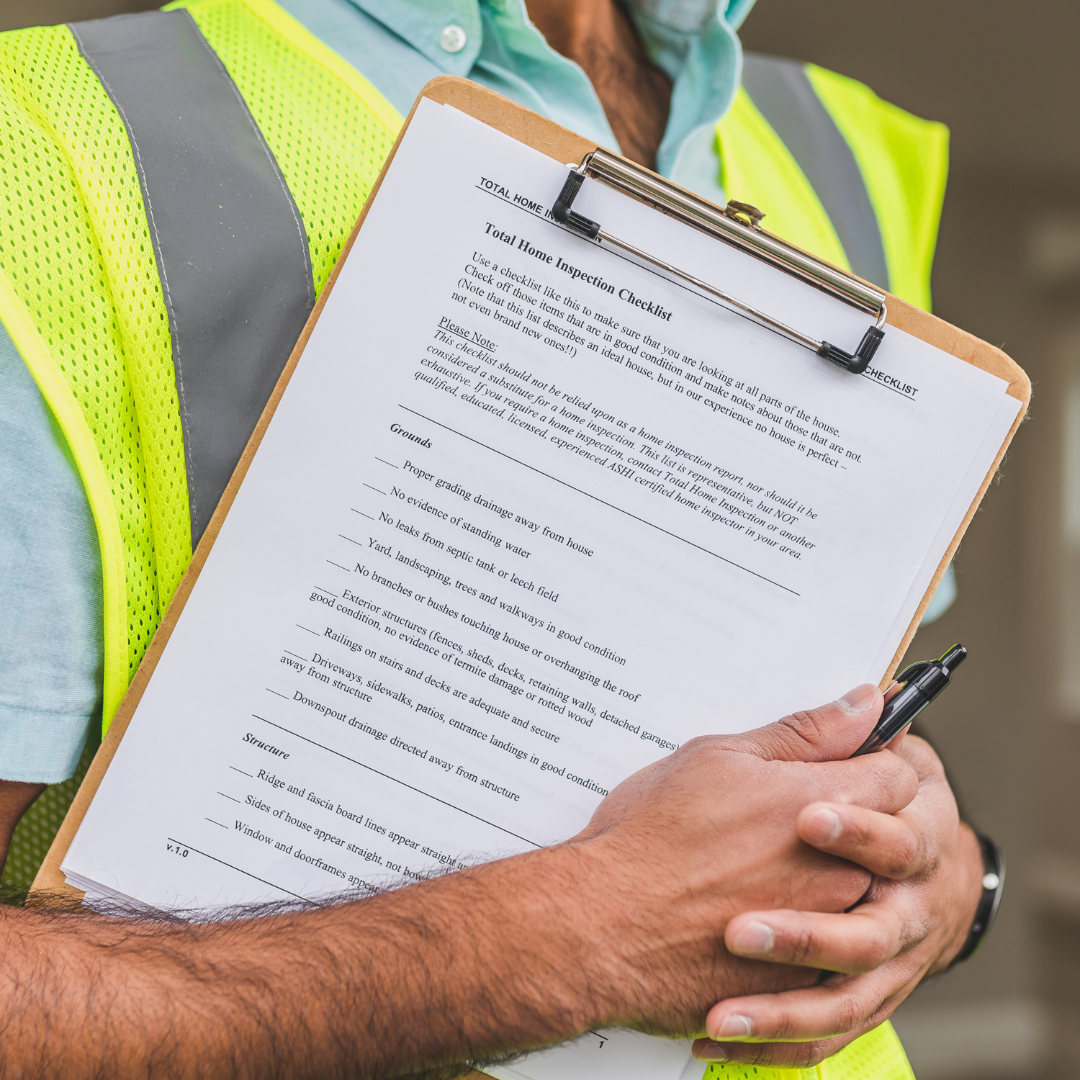Last Updated on June 19, 2024 by
Group exercise class health and safety might not be top of your planning list. Instead, you may be thinking…
- Which venue will I choose?
- What tunes shall I add to the playlist?
- Will anyone actually turn up?!
But there is one question that should be top of your list…
Have I got my health and safety in order?
Now, we get it. Health and safety may not be very fun to think about. But on a list of business essentials, it ranks top.
What is health and safety in group exercise?
Health and safety is the guidelines you put in place to protect your classes from harm.
As a group exercise instructor, you have a legal duty of care to the people that come to your session. That means you need to reduce the risks that could cause harm during your classes.
What do you need to think about?
Health and safety can sometimes feel quite overwhelming. This might be especially true if you’re a self-employed instructor. But we’re here to keep it simple.
Here are three things you should be considering.
1. PAR-Q forms
A crucial part of any class is your pre-screening assessment. In fitness, this is a PAR-Q: Physical Activity Readiness Questionnaire.
A PAR-Q is a short questionnaire that attendees fill in before their first classes. The answers help you as the instructor learn whether the person is physically OK to take part.
Every single person in your group exercise class should have a PAR-Q form. Each form should be updated at least every 12 months.
If you run your own community classes, it is your responsibility to collect these forms every time someone new joins your classes. Not sure where to start with creating a PAR-Q? Use our free template.
If you are employed by a leisure centre or health club, they may have a Health Commitment Statement instead. But you must always verbally screen participants at the start of each class.
2. First-aid provision
It is strongly recommended that every group exercise instructor is trained in first aid.
Why is this? Although injuries may occur very rarely in your classes , physical activity is quite high-risk.
EMD UK would recommend instructors attend a 3-day first aid course. EMD UK members get discounted first aid training with select providers.
Did you know you can learn to restart a heart for free?
UK Coaching offer a free Sudden Cardiac Arrest Digital Toolkit. The training helps you to learn how to save a life in the event of a sudden cardiac arrest. An essential piece of learning for both at work and at home. We recommend it! Access the training here.
3. Risk assessments
Risk assessments are an essential part of the health and safety of your group exercise classes. Before you even start the music for your first class, you must have completed a risk assessment.
A risk assessment is a deep dive into the venue you’re working in. It identifies things that could cause harm to you and your class participants. Once identified, you’ll then work out how these can be reduced or eliminated.
Can you get away with not having one? In short, no.
CHAS (Contractors Health and Safety Assessment Scheme) says:
“Risk assessments are a legal requirement. All companies and self-employed people are required to consider health and safety risks in the workplace.”
What risks and hazards might you find in a venue? Well, a few. If you teach in a setting that hasn’t been built for group exercise (for example, a church hall), you may encounter:
- Stacked equipment that could fall, such as chairs or tables
- Trailing wires from electrical equipment
- People sharing the space
- Lack of ventilation
Once your hazards have been identified, you will assess how likely they are to cause harm during your classes. You’ll then create an action plan on how to minimise the potential harm.
Sound complicated? It doesn’t have to be! Use our risk assessment templates to make your life easier. We have ones for outdoor and online classes too!
And don’t forget, your risk assessments must be reviewed and updated at least annually like a PAR-Q form.
Over to you…
You’ll now understand how to embed health and safety into your group exercise classes. We have a load more resources in our free resource library. Sign up to access here.



